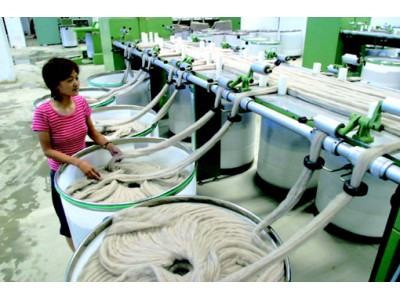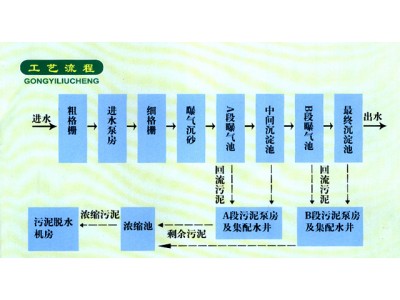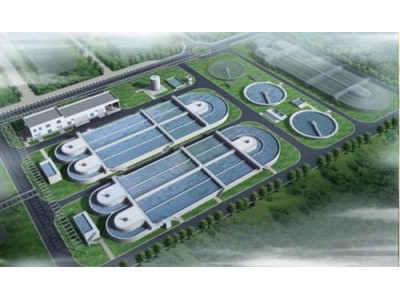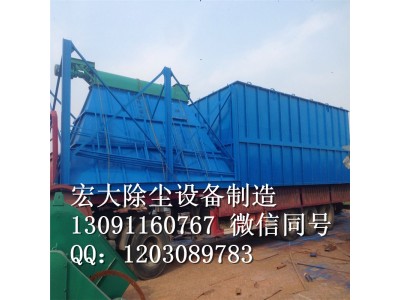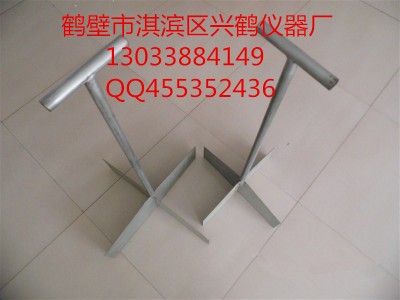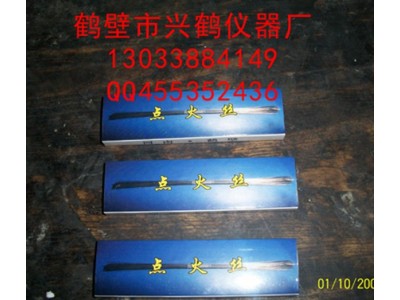I. INTRODUCTION
The concern with the environment is becoming more
and more present in the daily life of everyone. An
increasing involvement with the environmental issue is
demanded from the governments, companies and,
eventually, from the society as a whole. Conscious
decisions need to be taken to preserve the ecosystems
with minimum interference in the development of the
nations. These ideas are contained in the Declaration of
Rio on the Environment and Development approved in
the ECO´92 (UNEP, 2005), which assumes as a
principle the acquisition and improvement of the
necessary scientific knowledge for promoting the
sustainable development.
Of the several aspects involved in the study of air
pollution, the presence in the atmosphere of particles
smaller than 2.5 μm in diameter is becoming a matter of
great concern. These particles, known as PM2.5 or high
risk respirable particles, have been proved to be very
harmful to the human health, especially to the children,
the elderly and the sick (Ferin et al., 1990; Oberdörster
et al., 1990; Pui and Chen, 1997). These particles
possess a high superficial area, thus favoring the
adsorption of toxic substances and increasing the
potential harmful effects to the human organism
(Donaldson et al., 1998, Harrison and Yin, 2000).
PM2.5 is directly associated to asthma, bronchitis, loss
of the breathing capacity and has been pointed as
responsible for the decrease of the life expectation in
some areas (Donaldson et al., 1998; Preining, 1998; USEPA,
2000).
Therefore, a more rigorous control of PM2.5 is
necessary and the electrostatic precipitator (ESP) stands
out as an air cleaning equipment with high removal
efficiency in a wide size range, including sub-micron
particles (Parker, 1997).
Although relatively well studied, the behavior of the
electrostatic precipitators lacks experimental data on
their performance due to the high number of influential
parameters, that include: particle properties (density,
electrical resistivity, size distribution, etc.), process
variables (gas velocity, particle concentration, etc.),
construction and geometrical elements (electrode type
and geometry, space between the plates and electrodes,
etc.), and operational variables (applied potential,
corona polarity, dc and pulse energization, cleaning
frequency, etc).
Attempting to maximize the performance of the
precipitators, many researchers (for example, Chang and
Bai, 1999; Miller et al., 1998; Navarrete et al., 1997;
Acha et al., 1996; Abdel-Sattar, 1991) have addressed
the problem of quantifying the influence of some of
these variables. However, the quantity of experimental
data on the performance of electrostatic precipitators is
still relatively scarce, even more in PM2.5 size range
(Kocik et al., 2005; Bacchiega et al., 2006).
The present work evaluates experimentally the
influence of the gas velocity, the field strength, the
diameter of the discharge electrodes and of the distance
between them in the performance of a plate-wire
precipitator (see basic dimensions in Fig. 1) operating in
the removal of very fine particles. Theoretical
predictions are presented and discussed.
II. COLLECTION EFFICIENCY
Evald Anderson's pioneer work in 1919 and Walther
Deutsch in 1922, gave origin to the classic equation of
collection efficiency for electrostatic precipitators,
known as equation of Deutsch-Anderson (e.g. White,
1963), given by:
点击下载.(download)OVERALL COLLECTION EFFICIENCY OF A PLATE-WIRE



